With highly distinctive artifacts discovered at the ruins of Mam tower (12th-13th century), researchers have identified this as Binh Dinh style (or Mam tower style).
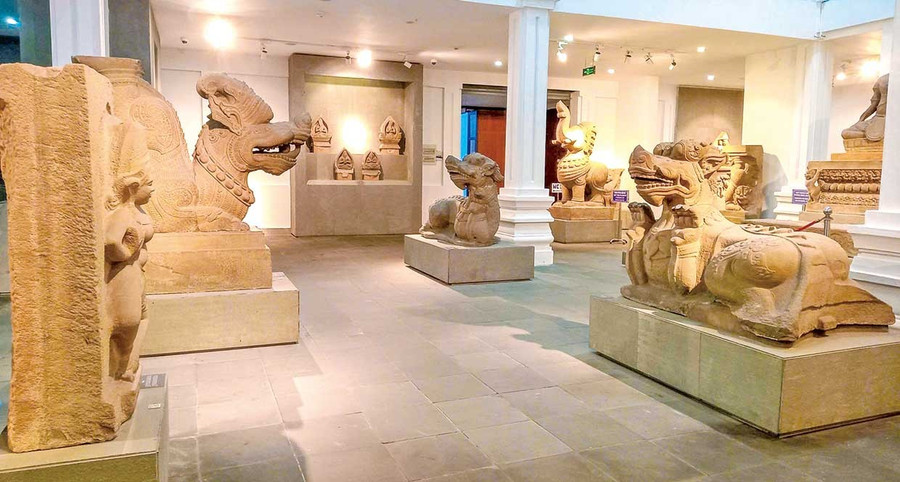
Therefore, Binh Dinh is considered one of the few centers of Champa sculpture art that reached its peak. Many Champa stone sculptures of the Mam tower are being preserved and displayed at the Mam tower room of the Da Nang Cham Sculpture Museum (Da Nang City).
These are all beautiful, unique, rare artifacts, typical in theme and artistic style, reflecting the special value of Champa sculpture art in history.
Entering these exhibition rooms, amidst the dynamic sculptures, viewers naturally slow down their steps, engrossed in following the lines. And time seems to pass slowly in the magical art space.
Among the dozens of artifacts displayed here, the most prominent are the Gajasimha statue and the Mam tower dragon statue, which were recognized as national treasures in 2020 and 2024. Gajasimha - a sacred animal with an elephant head and a lion body in Indian mythology - is carved from sandstone, representing power and the blend of strength and intelligence. At Champa temples, the Gajasimha statue is placed in front of the door to protect the sanctity of this place.
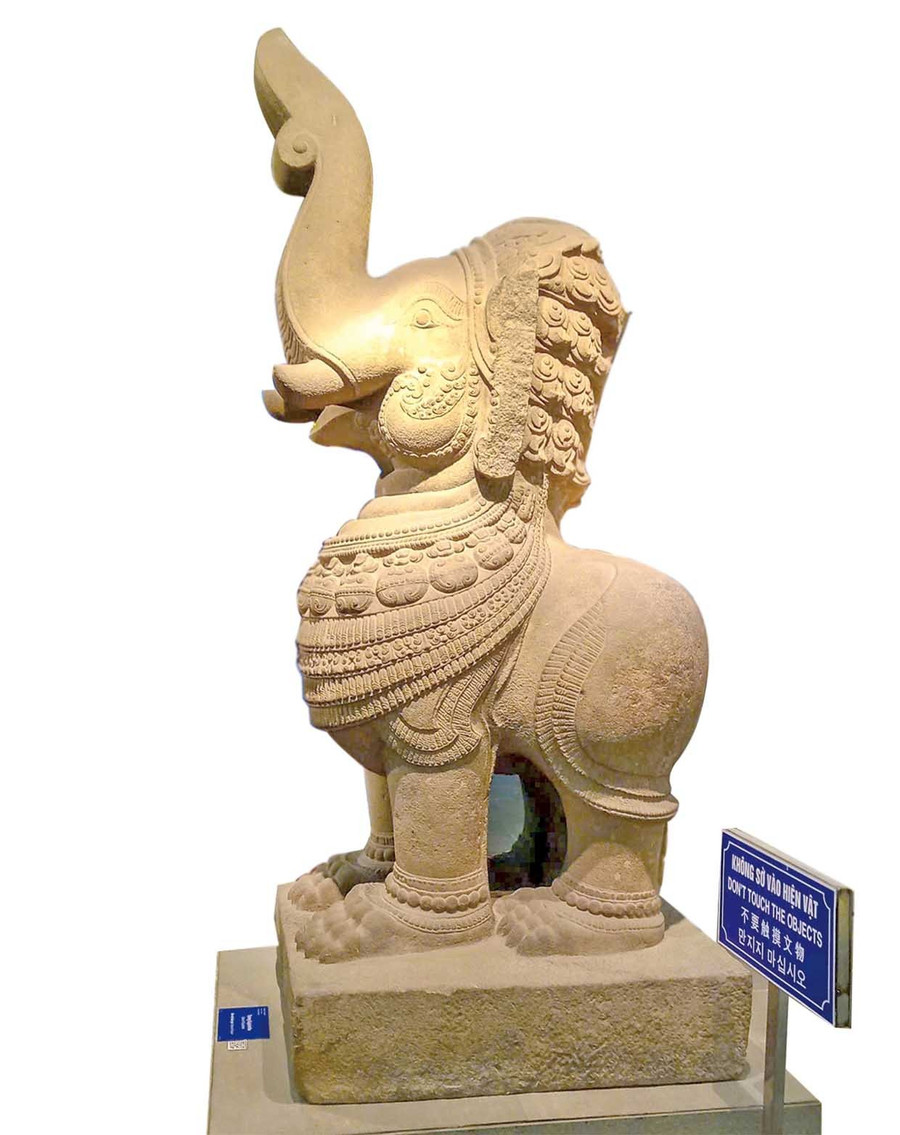
The dragon statue of Mam tower is large in size, elaborately carved, detailed and the most intact among the dragon-themed works in Champa sculpture.
The dragon is depicted softly but no less majestic, with a distinct Champa style. In the middle along the dragon's spine is a line of hard scales arranged in many layers, stylized like a flame with a round spiral tip. The two hind legs are raised up, the soles of the two feet are turned up, and the ankles wear round beaded bracelets. The dragon's entire body is decorated with a layer of closed scales. The dragon statue is carved on a two-layer long base, with a round mortise hole behind the tail and a large pin under the base at the back.
In addition to the two national treasures, many other works of the Mam tower are also on display here, such as statues of Shiva, Brahma, Dharma protector (Dvarapala), Apsara reliefs, Garuda, Makara, lion statues, etc. All create a vivid picture of a glorious artistic period of the Champa kingdom.
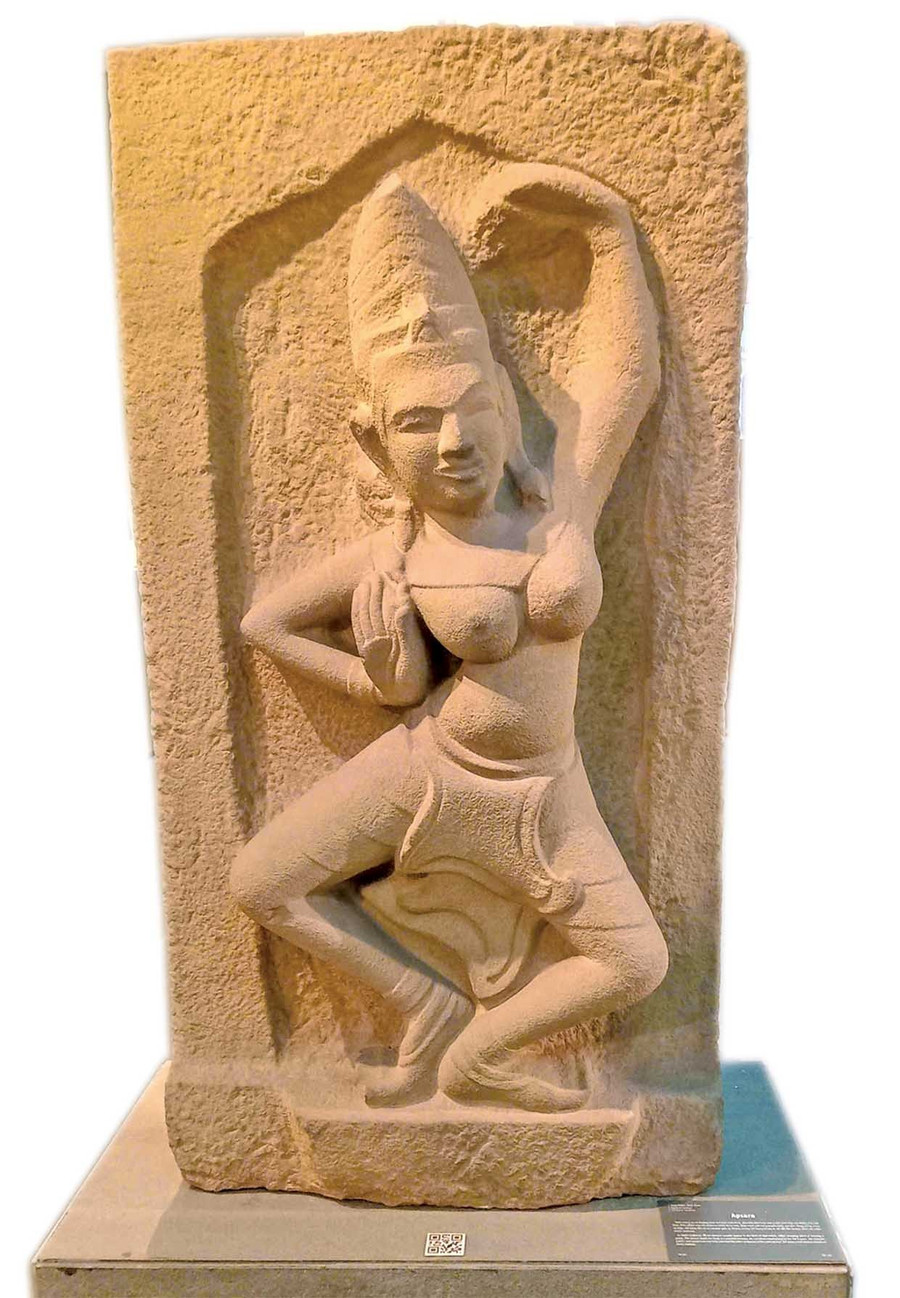
The Champa stone sculptures of the Mam tower are not only evidence of a brilliant civilization, but also a link between the past and the present, suggesting the responsibility of preserving Champa cultural heritage for future generations.
The preservation, conservation and exhibition of Champa sculpture artifacts of the Mam Tower by the Da Nang Museum of Cham Sculpture not only contributes to affirming the historical and artistic value of Champa cultural heritage, but also helps the public have the opportunity to access Binh Dinh style, as well as understand more about the ancient land of Binh Dinh, which was once the capital of Vijaya of the Champa kingdom from the 11th to 15th centuries.
Source: https://baogialai.com.vn/huyen-ao-bao-vat-tai-thap-mam-post568974.html



![[Photo] Opening of the World Cultural Festival in Hanoi](https://vphoto.vietnam.vn/thumb/1200x675/vietnam/resource/IMAGE/2025/10/10/1760113426728_ndo_br_lehoi-khaimac-jpg.webp)
![[Photo] Ho Chi Minh City is brilliant with flags and flowers on the eve of the 1st Party Congress, term 2025-2030](https://vphoto.vietnam.vn/thumb/1200x675/vietnam/resource/IMAGE/2025/10/10/1760102923219_ndo_br_thiet-ke-chua-co-ten-43-png.webp)

![[Photo] General Secretary attends the parade to celebrate the 80th anniversary of the founding of the Korean Workers' Party](https://vphoto.vietnam.vn/thumb/1200x675/vietnam/resource/IMAGE/2025/10/11/1760150039564_vna-potal-tong-bi-thu-du-le-duyet-binh-ky-niem-80-nam-thanh-lap-dang-lao-dong-trieu-tien-8331994-jpg.webp)

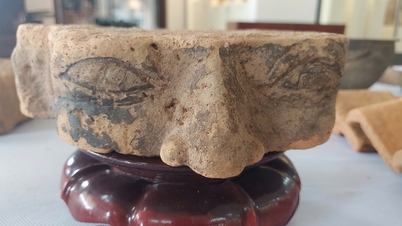

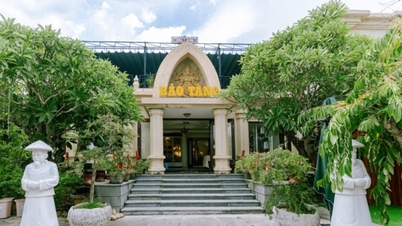


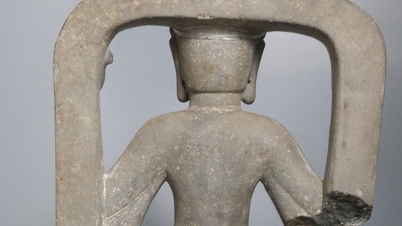
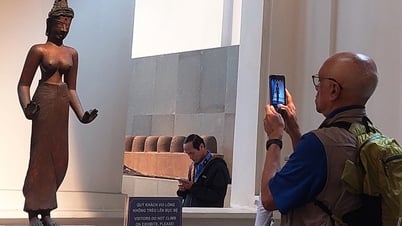

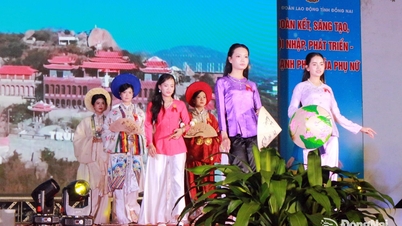

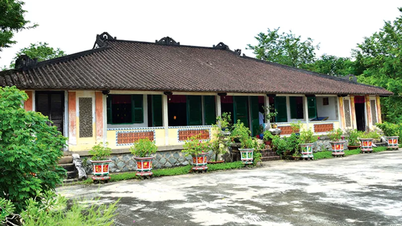






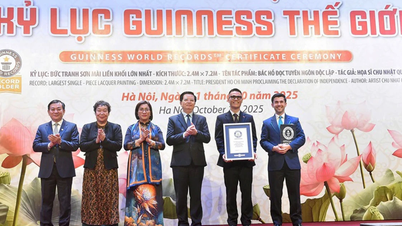







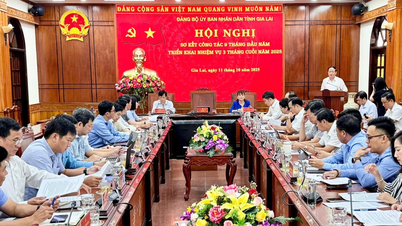




































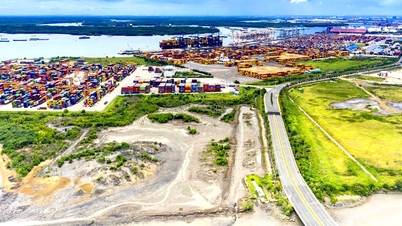












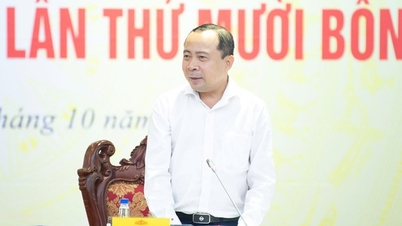


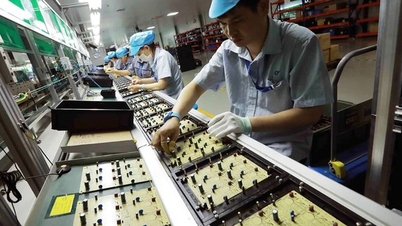
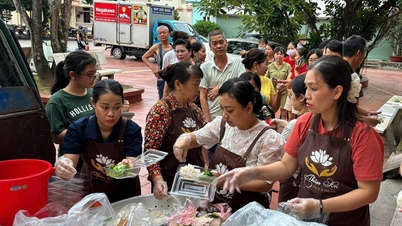


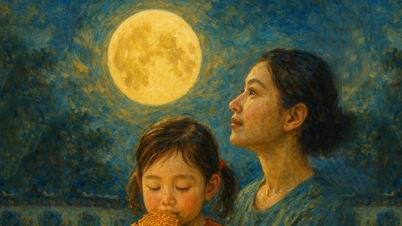

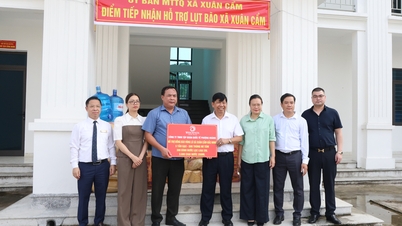














Comment (0)